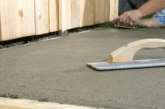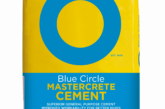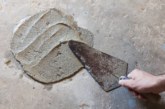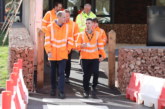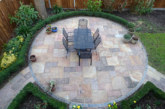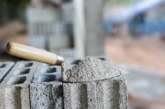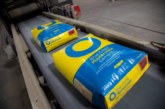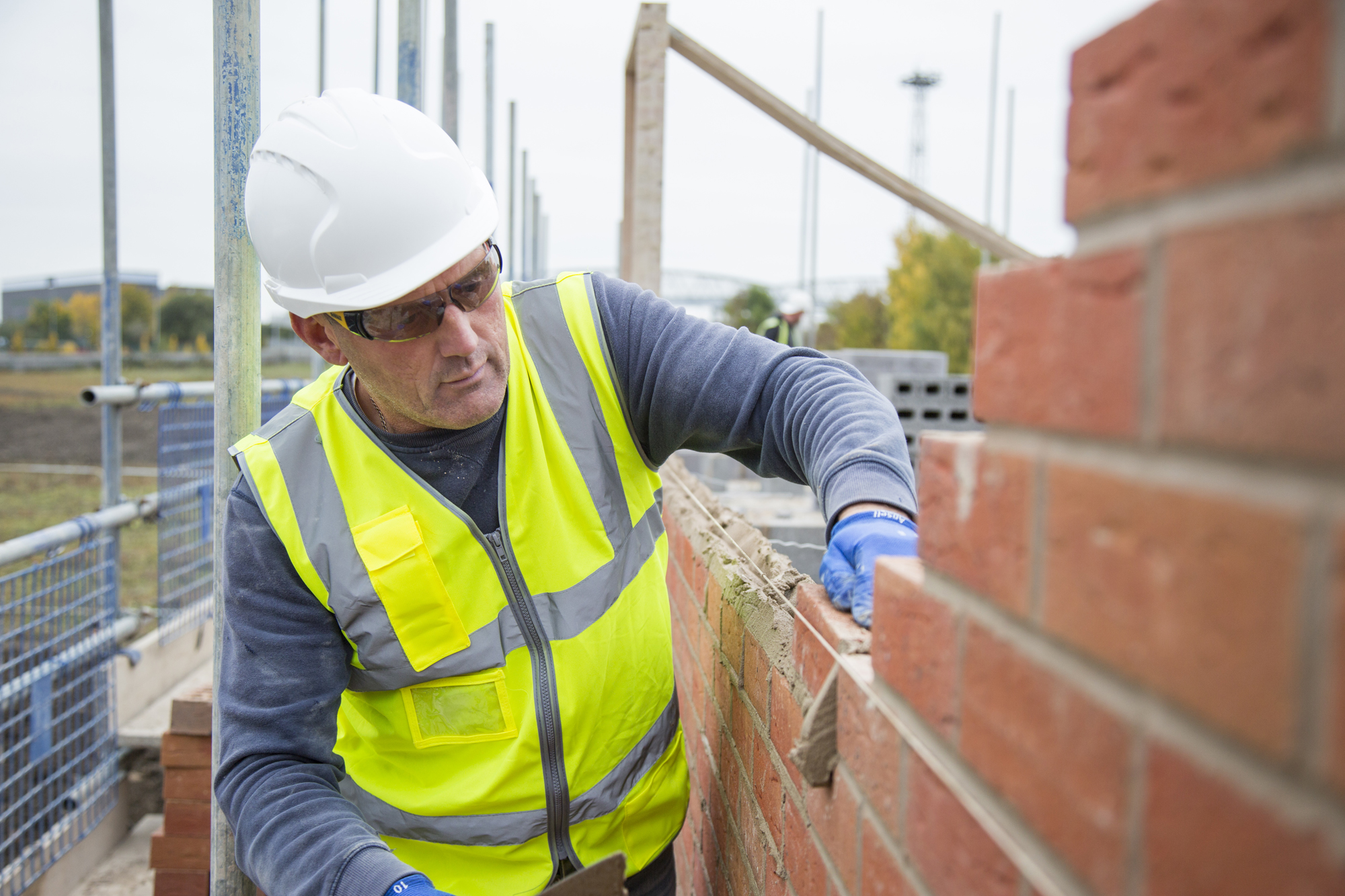
A fundamental housebuilding material, mortar is typically both easy to use and specify. However, it can be susceptible to a number of issues stemming from different application conditions. Iain Betts from Tarmac’s Building Products team discusses the importance of water retention in mortar and how housebuilders can ensure their masonry work will be as effective as possible.
When it comes to determining long-lasting mortar performance, even if we take any human errors – such as incorrect mixing and application – out of the equation, housebuilders and contractors alike can still be plagued by a number of material installation issues that stem from certain site conditions during construction. More often than not, the mitigating factors can be attributed to two issues: the weather and the porosity of the chosen brick or block.
During the warmer summer months, water housed within traditional mortars can often evaporate when temperatures rise, preventing the cement from fully hydrating. This can result in inconsistent mortar bedding, flaking and porous joints, and soft, friable mortar; none of which are conducive to long-lasting and effective construction.
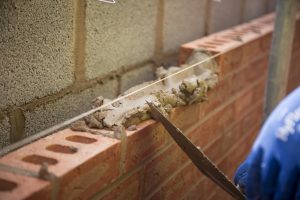 Mortar hydration
Mortar hydration
However, weather isn’t the only factor that can affect mortar hydration and its subsequent performance. Many modern bricks have high suction properties, meaning the essential water content of the mortar migrates into the brick itself rather than remaining in the mortar. While there are benefits to choosing a porous block, illustrated by the strengths of a traditional aircrete block for instance, specifiers and contractors must be aware of the potential consequences if a standard mortar is used.
These include poor hydration of the cement, resulting in a low-strength bond between the brick and mortar. What’s more, due to the quicker setting times of poorly hydrated mortar, contractors are likely to have lower workable product times. This can not only lead to poor quality finishing as the bricks can only be adjusted for a short time once laid, but to higher construction costs as well if more material is required to compensate for any inaccuracies. As with any potential flaw with a construction product, it is likely to be magnified on larger products.
In many instances, housebuilders have attempted to combat these issues by dampening or wetting the bricks before laying them; or trying undertake the majority of masonry work during cooler months or times of the day. However, there is no guarantee that they will ultimately deliver the necessary level of water retention.
Water retention
Fortunately, manufacturers are continually developing innovative mortar solutions that can remove the need for concern when it comes to water retention, and the subsequent product side effects. One example is a specially formulated mortar product called ‘Hydrocure’, from Tarmac’s Building Products division.
“Housebuilders now have the opportunity to eradicate one of the most commonly occurring negative side effects for mortar, and get the optimum performance out of their mortar every time.”
With a specially formulated mortar, the water retention value is often in excess of 90%. Put simply, moisture remains in the mortar for longer, regardless of the temperature at the time of application. As a result, this promotes a consistent and durable joint finish, while allowing the cement to fully hydrate. A key benefit to this improved mortar hydration is the fact that it will set at a slower pace, leading to increased workable product times and allowing for longer adjustment periods.
In turn, it makes brickwork easier to point, which, as most contractors will already know, can become difficult if the mortar is too dry. Crucially, such mortars can work regardless of the brick choice, be it a regular face brick or a high suction masonry unit, to ensure that housebuilders do not need to make radical changes to their specification.
Optimum performance
Ultimately, many contractors are used to altering their working habits to accommodate the varying site conditions that occur throughout the year, to ensure they achieve the best possible mortar mix. Yet, this no longer needs to be the case. With housebuilding targets increasing, budgets coming under greater scrutiny, and the margin for error getting smaller and smaller, the need for high volume mortar supply is not likely to change.
Housebuilders now have the opportunity to eradicate one of the most commonly occurring negative side effects for mortar, and get the optimum performance out of their mortar every time. With manufacturers such as Tarmac rising to the challenge and creating new products, it’s now up to the industry to maximise the use of these solutions and firmly put troublesome mortar flaws in the past.

